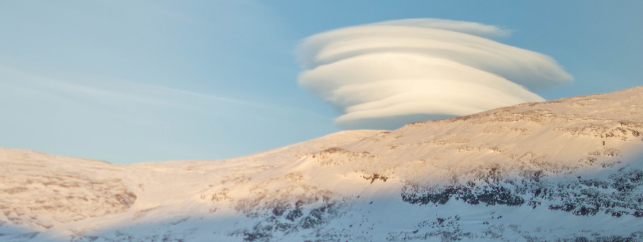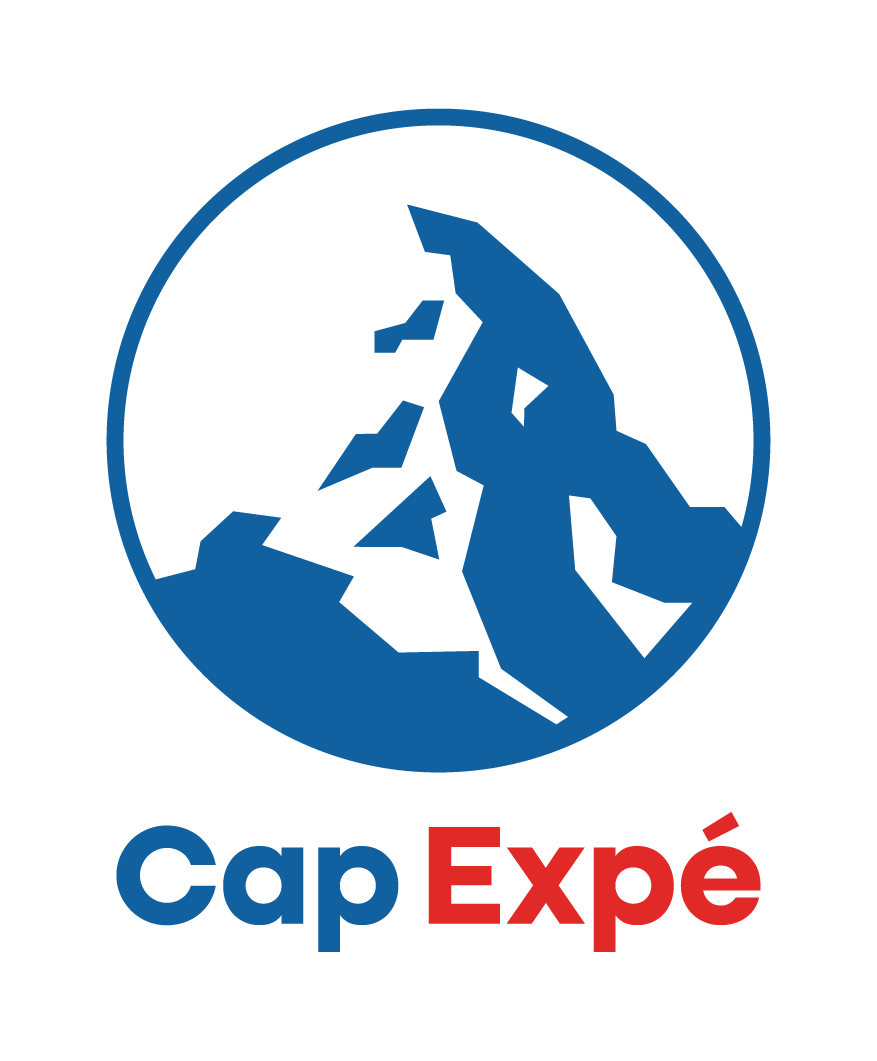Les cousins Gilles et Noé se relancent sur le Kungsleden, mais en hiver cette fois-ci !
(en espérant que le covid les autorise à partir cette année >:( )
Expedition overview
Four years ago (summer 2017), two cousins went on a 180 km long self-supported expedition before starting their engineering degrees. They followed the King’s trail, one of Sweden’s most famous hiking routes, above the arctic circle. The tour lasted for 15 days in complete autonomy, carrying food and equipment for the entire duration of the trip.
A global pandemic later, with an engineering degree in their pockets, they made their comeback, but this time on skis and accompanied by two new team members; Camille and Benoit.
Coached by Dominique Snyers, a well-known Belgian adventurer familiar with the region, they aimed to rediscover the same landmarks they visited 4 years ago before entering university.
The expedition followed the northern part of the Kungsleden, Sweden’s most famous long distance trail, stretching 440km across Lapland. The north part of the trail was selected as huts are present at regular intervals, every 15-20km. Most cabins provide access to an emergency satellite phone, firewood, basic food supplies, and, most importantly, a wood-powered sauna. The latter played a crucial role in keeping the team’s morale high.
The weather in the Nordic mountains can change extremely quickly. From high-speed winds to blizzards, melting lakes, sun, and snow, we realised firsthand how accurate the warnings were. To stay safe and make the most of the time we had in these majestic landscapes, we changed our original plans and stopped at the following huts (see the map for locations):
- STEP 1: Abiskjaure Hut After the rough weather, this felt like a 5* hotel.
- STEP 2: Alesjaure Deafening winds while crossing the frozen lake, but majestic views and clouds.
- STEP 3: Tjakta One day of walking in a thick blizzard. Rough day, with beautiful northern lights as a reward..
- STEP 3B: Nallo (cancelled) We had been planning for this 2-day detour to the Nallo Valley, but with the bad weather, we decided to play it safe and stick to the trail.
- STEP 4: Sälka Probably one of the best saunas yet. We felt clean, fresh and ready for the rest of the trail.
- STEP 5: Singi Short day, but we had to listen to the weather. Noé fell through a lake.
- STEP 6: Teusajaure A scary descent through many trees to arrive there. We saw a moose for the first time!
- STEP 7: Saltoluokta Tiring day, but this hut has a restaurant. We made the most of it.
We hope you enjoy the more detailed trip report on the following pages.
P.S.: It turns out we mostly got pictures when the weather was nice. Removing gloves to take a snapshot in glacial winds is more challenging than expected. Don’t get fooled; we actually had some pretty nasty weather.

Step 1: Abiskojaure
We prepared for every weather condition, except rain. Of course, it rained on the first day.
After landing in Stockholm, we got the news that our night train to Abisko would be delayed due to a snowstorm in Abisko. We received this news with a mix of apprehension and excitement. After months of planning, the equipment we had been gathering was finally going to be helpful. We prepared the down jackets, Gore-tex shells, leather gloves, under gloves, and body-warmers, ready to start the Kungsleden in the winter this time.

As soon as we arrived, we understood what fast-changing weather meant. Surprise warm winds had shown up, bringing the temperature to +3°C. This was unheard of at this time of the year; the expected snow storm became a rain storm. We had planned for freezing arctic winds and blizzards, but not rain.
However, to stick to our schedule, we had no choice but to hop on our skis and head to Abiskojaure, located 13km away. This was a really rough start. The water was getting into our bags and accumulating at the frozen lake’s surface. Our feet were drenched in freezing water, making it ideal for blisters to settle in.
After much frustration and a long, wet lake crossing, we made it to Abiksojaure. This simple hut truly felt like a 5* hotel.
Step 2: Alesjaure
We got distracted by the majestic landscapes and clouds and had to sprint for the last stretch.
The following day, the temperature had dropped to sub zero level, and the weather had cleared up. While our shoes were still damp, our enthusiasm remained. As we came out of the Abisko National Park, the valley started to open up, revealing the peaks and glaciers surrounding us.
We made the most of this. Gilles tried to telemark down the valley; he mostly fell (we will give him B+ for effort). On the other hand, Noé started flying his brand new drone. We even decided to heat up some couscous around lunchtime.
This was fun and games until we realised we were not in Hyde Park enjoying a sunny Sunday afternoon but in Swedish Lapland, 10km away from the next hut. As we got closer, the wind started to rise. The sound of the skis scratching on the ice and the arctic wind howling in our ears was deafening. Our legs were getting tired, but no apparent progress was being made. Estimating distances while crossing a large frozen lake is difficult. Everything looked close and far simultaneously; it seemed like we were skiing on a gigantic frozen treadmill.
We eventually made it to Alesjaure safely, where we enjoyed some more couscous and valuable parmesan we flew all the way from Belgium. The lesson of the day was to keep tracking time, no matter how majestic the surroundings were. We prepared for every weather condition, except rain. Of course, it rained on the first day.



Step 3: Tjäkta
One day of walking in a dense blizzard. Rough day, but we got some beautiful nothern lights as a reward.
With the warm temperatures of the previous days and the high winds, we decided to skip our plan to Nallo and go to Tjäkta instead. The detour required us to go through a tight valley which funneled neighbouring winds and was lower in altitude. This meant potentially bad snow conditions and a possibility of being blown over. We did not want to take those risks.
As we hadn’t booked a spot at Tjäkta, we left early from Alesjaure. The morning sun was reflecting onto the frozen lake, making it shine. However, the clear sky soon gave way to a thick blizzard from the south. Our visibility suddenly dropped to less than 10 meters, with icy snowflakes slamming into the little bit of skin we had left exposed. The terrain started to get more hilly, requiring us to stop attaching skins to our skis and adjusting our clothing layers. Managing layers in this winter expedition was hard. It is essential not to be over/under-dressed. Sweating increases the humidity, making you colder in the long run. On the other hand, too few layers lead to hypothermia or frostbites.
Adjustments were frequently required with the fast-changing weather and terrain of the Kungsleden. In the middle of a blizzard, it can be tempting not to stop to adjust layers, but it’s in those situations that it matters most. As the night fell over Tjäkta, the weather cleared up and left the place for a beautiful night show. The sky filled itself with stars and northern lights, making the suffering we endured during the day worth it.

Step 4: Sälka
Scary descending icy slopes with nordic ski bindings and heavy packs. Made the sauna feel even better.
Skipping our shortcut meant we had to go through the Tjäkta pass, the highest point of the Kungsleden, located 1150 meters above sea level. Although the pass offers views over the whole valley when the weather allows, an icy slope and 300 meters of descent separate it from the next hut. This was a challenge, particularly with our nordic skis.
Unlike alpine skis, nordic skis have bindings which allow the heel to move freely. They are also longer and lighter. Those attributes make them ideal for long-distance trips. “Perfect!” you would think… Well, there is one thing they make very hard, and that is descending steep slopes. We had 300 meters of steep descent in front of us.
Everyone dealt with the challenge in their own way. Noé used the “fall-to-break” technique, which involves throwing himself on the ground to stop. Benoit chose not to break, avoiding the problem altogether. Gilles used a combination of Benoit and Noé’s method. Camille did the reasonable thing and walked down. We all made it down safely with no broken bones. Success.
Once we were back on flat ground, we quickly reached Sälka, where we stayed the night and made the best out of the wood-fired sauna. Rolling in the snow in the middle of Swedish Lapland is not something you get to do every day.
Step 5: Singi
Lesson of the day: evaluate the strength of the lake before walking on it without skis.
The temperature finally dropped to more arctic-like conditions. I have never seen so many people excited about a -17°C weather forecast. Although the low temperatures came with a thick fog, we were excited to finally make use of all of our layers.
We decided to cut our day short and stay in Singi (rather than keep going to the next hut). We learned through the satellite weather forecast that the next day would be sunny and cold, which was ideal for a long day of skiing. We spent the rest of the day reading and cooking.
In every hut, the guests are tasked to complete household tasks (e.g. cutting wood). As we arrived at Singi, Noé volunteered to go get water in a lake. A hole carved through the ice could be used to fill in a large water can. On the way there, Noé created his own as the ice cracked under his feet. The high temperature of the previous days had de-stabilized the lake. Thankfully, Camille quickly managed to pull him out, avoiding a disaster.

Step 6: Teusajaure
Beautiful freezing sunny weather. With little wind, low humidity and some sunshine, freezing actually feels warm.
This was a long day of skiing (around 21km) as we cut our previous step short. Thankfully the weather was as good as the forecast predicted. The sun shined over the frozen lakes in the vast Arctic valley bed.
Before leaving, we had been told how perceived temperatures are heavily affected by humidity and wind. That day we realised that first-hand. With -10°C, a windbreaker and polyester t-shirt were enough to keep us warm while skiing.
With those good conditions, we made the most of the views and the quietness. This was our second to last day on the trail. We soon would be back to the real world, with functioning phones, electricity and a flood of news about the war and economic downturn. This is one of the beauties of this trail; it provides tranquillity on all fronts, forcing disconnection.
After a steep descent to the hut, we had a feast with our left-over food as this was our last day with access to limited supplies. We had a sauna, saw a moose (!!!), and did some candlelight reading.
Step 7: Saltoluokta
We finally made it to Saltoluokta and made the most of all-you-can-eat moose meat, wine and Swedish breakfast.
We woke up early to make sure we made it in time for the bus to Vakkotavare, located 16km further. The bus then connected us to the shore of lake Langas, which we crossed by ski (~3.5km) to reach the mountain station. Although we were exhausted, the thought of the meal waiting for us at the hut kept us going.
The legend says that a famous Michelin star chef was tired of working in the city. People did not appreciate his food as much as he wished they did. He, therefore, moved to Saltoluokta, a mountain station. Finally, he found a crowd that truly appreciated the value of a good simple meal.
We did not try to confirm whether the legend was true; better to keep this mystery alive. However, we guarantee that the food was delicious*. We ate fresh Swedish bread with homemade hummus, moose meatloaf, and local berries. The meal was accompanied by excellent wine and the company of Belgian friends, who ended their trip on the same day.
This was a perfect way to end our trip and rest before our long way back to Stockholm /Brussels.
* You may think that we were biased as we mostly ate couscous during the last 7 days. You are most likely right, but even that aside, it was great food. I promise.


